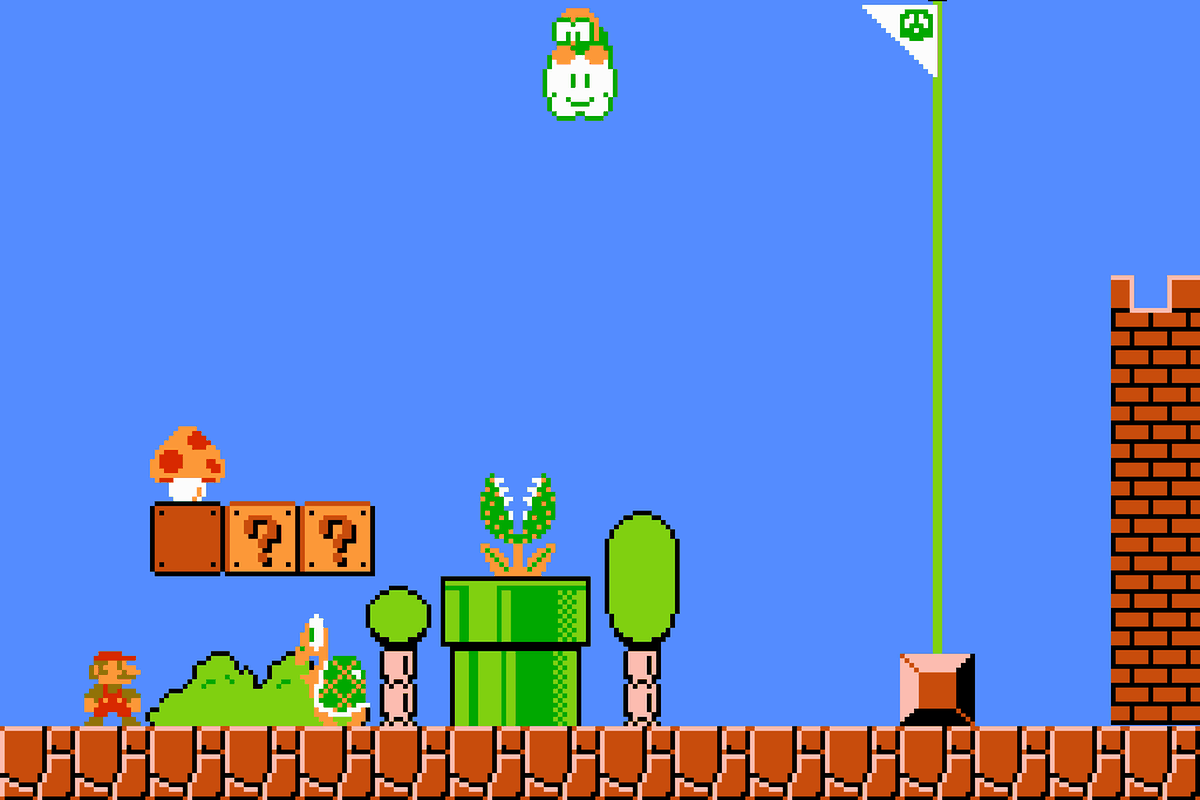Table of Contents Show
There’s no denying the frankly awe-inspiring impact Nintendo has had on culture across the globe. From “Pokémon” to “Mario” to “The Legend of Zelda” and countless more, the company’s games have made their marks on millions of people. And the nostalgia the company and its properties hold reaches near-unparalleled heights in the minds of people who experienced it as children while also drawing in those brand new to the world of gaming. Knowing this, it begs the question: how did Nintendo become the icon that it is today? How is it that Nintendo still has near-universal appeal, and how does it continue to deliver breath-taking experiences on amazing pieces of hardware?
Interestingly enough, the company didn’t start producing video games or consoles or even electronics, but it has always had its roots in entertainment. It may be hard to imagine, considering the scope of the company now, but the likes of Link and Mario, Kirby, Donkey Kong, and Pikachu can all be traced back to a much more humble origin — a deck of cards.
A Primer On Nintendo’s Background
Nintendo was founded in 1889 by Fusajiro Yamauchi, who crafted hand-made Hanafuda cards, traditional Japanese playing cards that fell out of favor sometime in the 1960s. Around this time, Nintendo was forced to find new ways to support the company. Hiroshi Yamauchi, Fusajiro’s great-grandson, fought to keep the company afloat following a massive decline in hanafuda card sales. The company broke even by making stocks public for trading and trying different ventures like taxi services, the production of ramen noodles, and household electronics. (( CNBC, director. The Rise Of Nintendo, YouTube, 12 Apr. 2020. ))
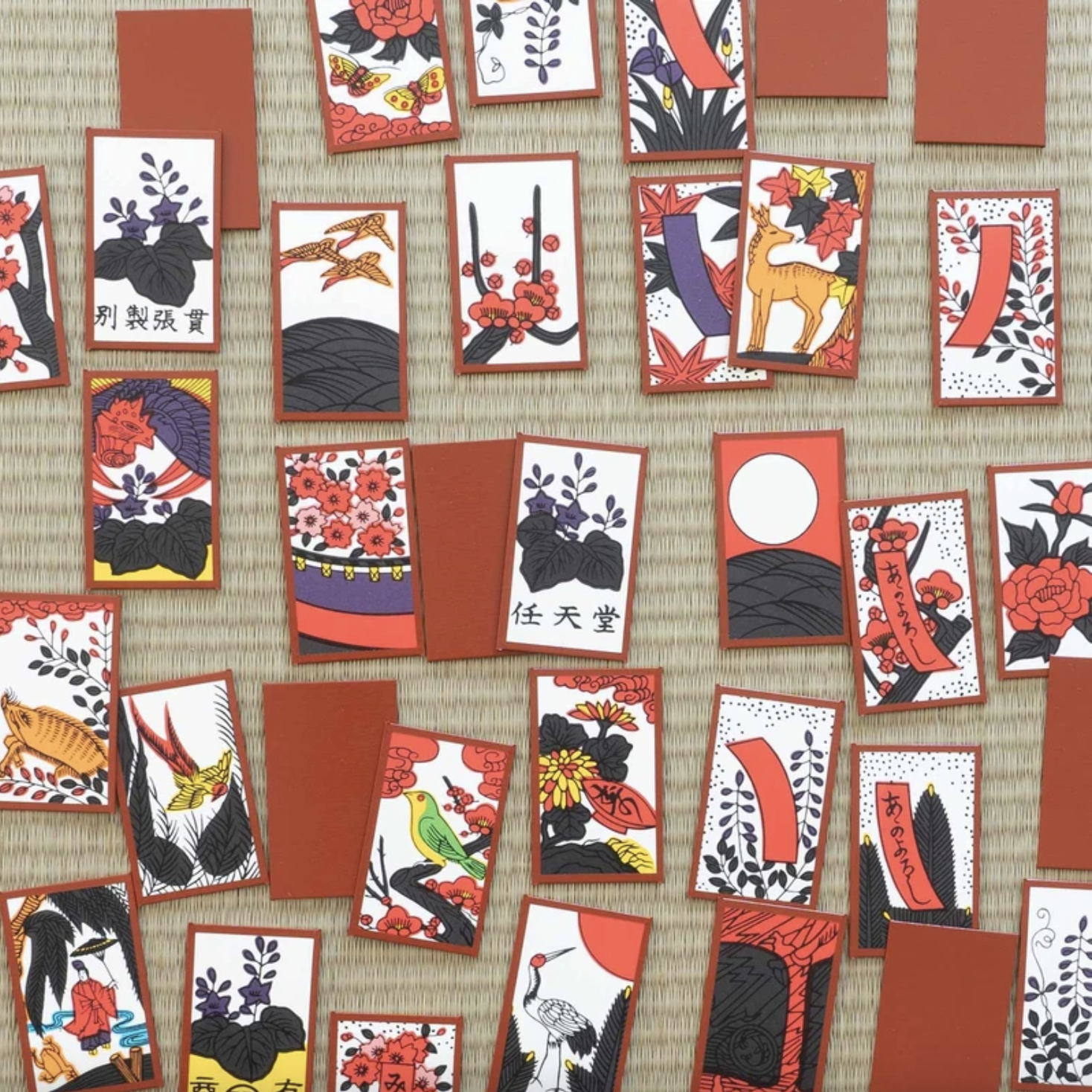
Under Hiroshi Yamauchi, they began dipping their toes into the exploding industry of technology. Hiroshi saw promise in the rapidly expanding world of arcade games and the prospect of home video game consoles and jumped at the opportunity. This eventually led to the company hiring Shigeru Miyamoto as a planning and development department member. He went on to develop the video game “Jumpman,” which was marketed in the United States under the now-instantly recognizable name “Mario.” (( BBC. “History of Nintendo: Where Did Nintendo Come from?” BBC News, BBC, 12 June 2019. ))
The gaming market in the United States, however, hit a massive wall in 1983 where the entire video gaming market crashed and supplied massively outstripped demand. Partially responsible for that market crash, the quality of games simply did not come close to reaching expectations. This trend famously culminated in the creation of an E.T. Extraterrestrial game (that was given a staggering six-week development time) that was so horrendous in quality that it was dumped in a landfill in New Mexico due to lack of sales. As the urban legend went, the game was only uncovered for the first time in 2015. (( Lee, Helen A. “The Truth about the Video Game Crash of 1983.” Looper.com, Looper, 24 Aug. 2021. ))
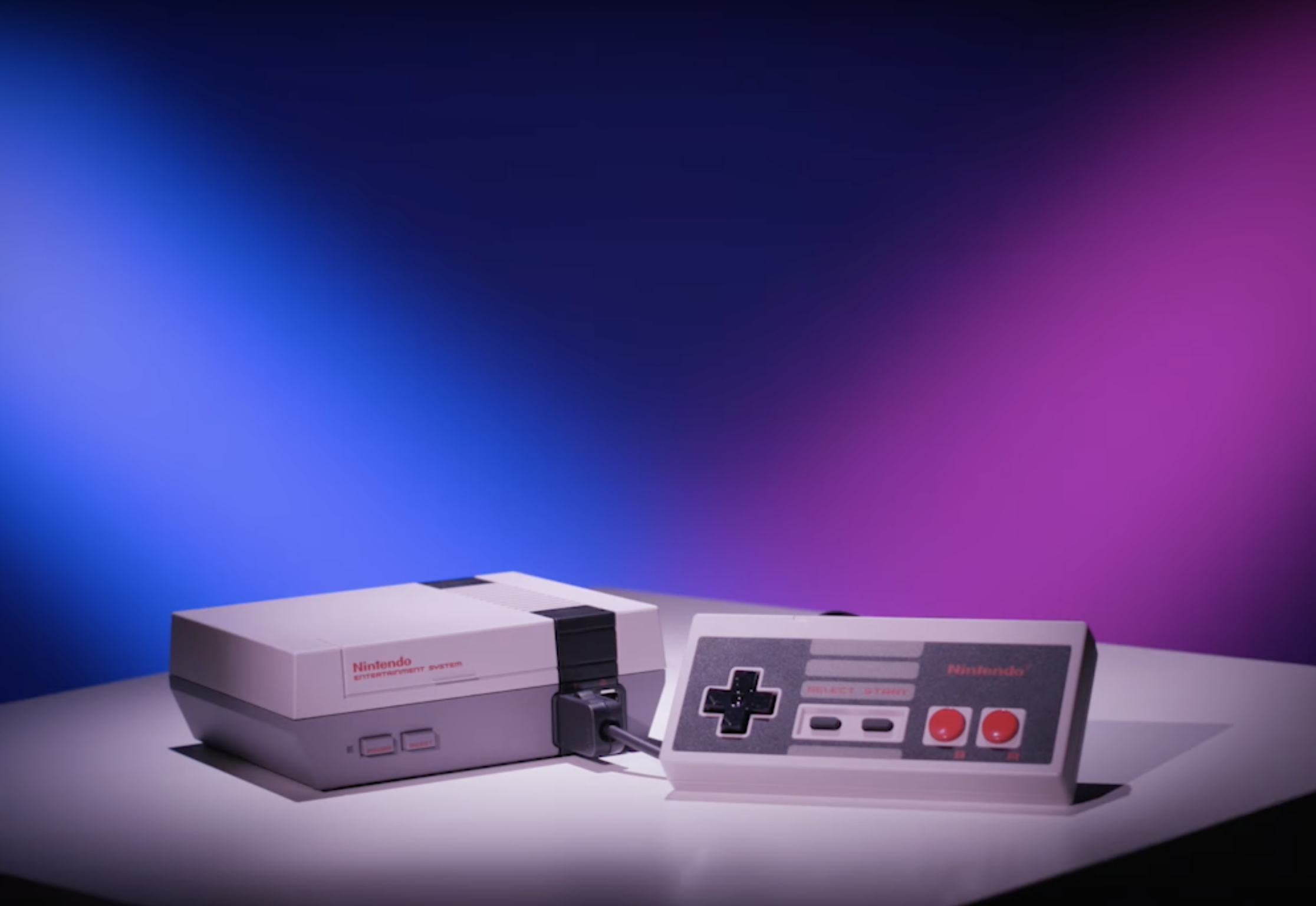
But Nintendo broke through the wall created by the crash and debuted the Nintendo Entertainment System, the NES, in North America to massive success in 1985. Nintendo credits this breakthrough to two distinct tactics: the first is that the console was marketed as a toy, an “all-ages” type of system to side-step the very much still-recovering electronics market; the second was simply to focus on good games and good gameplay. Summed up in one word, they focused on the idea of having fun (( CNBC, director. The Rise Of Nintendo, YouTube, 12 Apr. 2020. )). As a result, this was the first time Nintendo got to display the part of itself that makes it still so prevalent today — Nintendo games are simply fun.
Nintendo’s Philosophy Of Fun
Nintendo games pride themselves on being fun. All games do, really, but the company’s insistence on prioritizing a fun time over revolutionizing graphics or quantity over quality is one of the things that allowed it to pull video games out of the ‘83 crash, and it is arguably still what sets it apart from the competition. Gunpei Yokoi, the original designer of the GameBoy and one of the original minds of Nintendo, said in a 1997 interview that:
“When I look at recent games, I see that quality has been declining, and what I’m seeing more and more of are games that want to give you the experience of a short story or a movie.”
Morikawa, Yukihito. “Console Gaming Then and Now – 1997 Developer Interview.” Shmuplations, 1997.
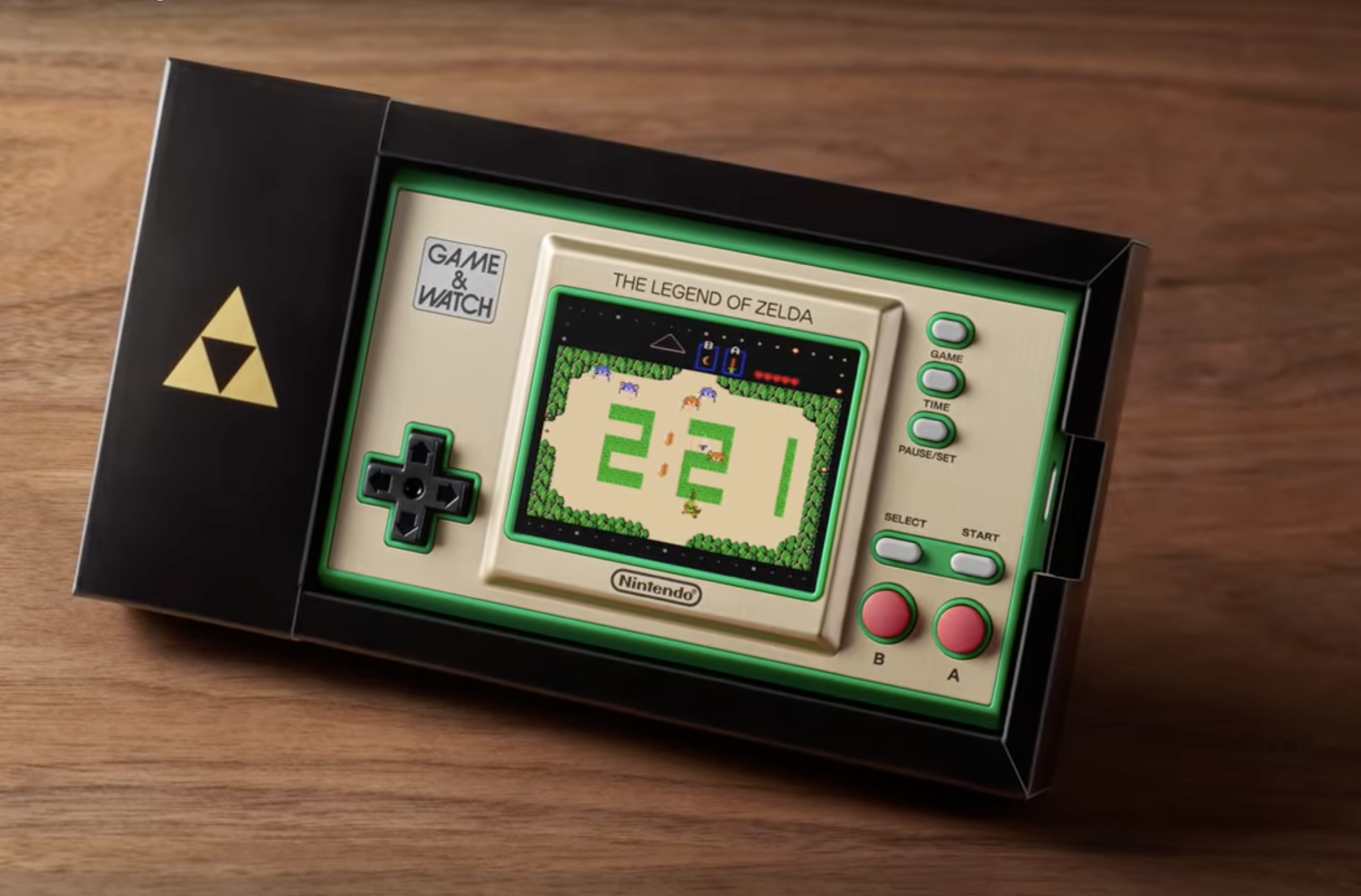
Nintendo games have always strived to work within the medium they have. They are not typically filled with cinematic cutscenes, and they don’t usually force the player onto a railroad track to push them to the destination. Their games are games first and foremost, which may sound obvious, but in practice, this hasn’t been the case. More and more games pride themselves on having the best graphics or having the most endings or working with newer technology like V.R., so much so that gameplay often gets left behind.
One only needs to look at the rising prevalence of DLCs that add in content that couldn’t be finished before release or massive patches that fix glitches to recognize this. One of the best examples of this is “Cyberpunk 2077,” which embodies this and other modern gaming problems to an almost humourous degree, considering how near-unplayable the game was upon release. Gunpei Yokoi recognized this and always strove to develop games from the standpoint of the player and determine what would be enjoyable to play, not just enjoyable to watch. Yokoi would envision nothing besides a singular dot on the screen and imagine what would be interesting for that dot to do. In other words, designing the gameplay came first, and then the world within the game was built around that singular core mechanic. (( Morikawa, Yukihito. “Console Gaming Then and Now – 1997 Developer Interview.” Shmuplations, 1997. ))
Nintendo’s Shigeru Miyamoto
Creative Fellow and Game Director, Designer, and Producer Shigeru Miyamoto is the one to carry on Gunpei Yokoi’s philosophy the best. Miyamoto follows the belief that “form follows function,” or in other words, the mechanics determine the look and not the other way around ((Game Maker’s Toolkit, director. Nintendo – Putting Play First, YouTube, 11 Nov. 2016. )).
Miyamoto was a designer and a storyteller first before he ever got into video games, and it very much shows. Nintendo games are designed to teach the player the basic mechanics by enticing the player to learn those mechanics themselves. Why should a game have to use a tutorial when the very world is built around the core mechanics, and the core mechanics themselves can be boiled down to one or two simple concepts? (( Vox. “How Shigeru Miyamoto Designs a Video Game.” School Of Game Design, 12 Jan. 2017. )). Nintendo, ultimately, takes the approach that games should not be something players experience through watching, but through doing, and Miyamoto’s understanding of this principle can be seen in just about every Nintendo game out there.
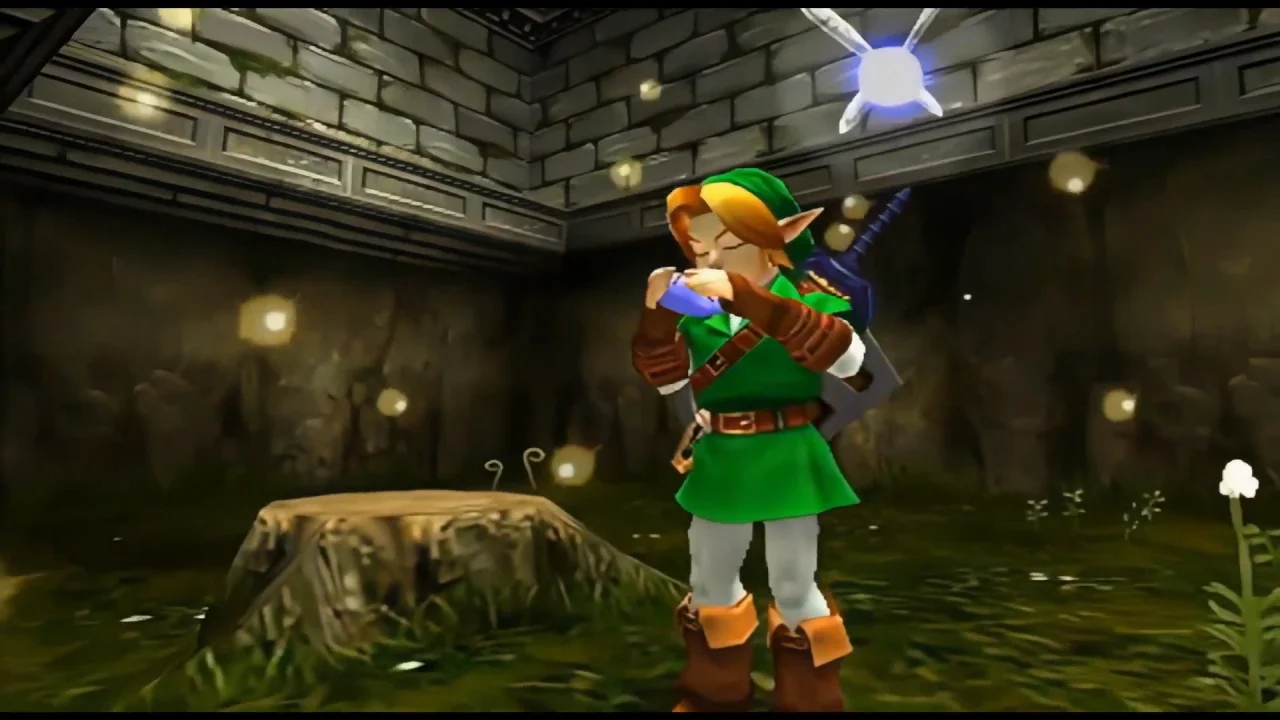
The more the player learns how to play the game, the more they interact with the world and become immersed in the game. Even games like “The Legend of Zelda” series, despite being some of the more narrative-heavy of Nintendo’s lineup, only use the story as a vehicle to implement the gameplay and bring about immersion. Link, the playable character, has no dialogue as not to conflict with imagined characterization, no name in-universe other than the name the player gives him, and only acts as a way to project the player into the game. Though individual Links may have their own personality quirks, Link largely follows this trend. He acts as a literal “link” between the player and the game’s world, allowing the player to see themselves within it.
The series also acts as a strong example of the concepts of building games around playable mechanics. Miyamoto wanted there to be two versions of Link playable in the same game for both younger and older players to see themselves in Link. As younger audiences may have just been discovering the series and older audiences had likely spent much more time with it, the game director for “Ocarina of Time” (1998), Eiji Aonuma, also thought it was essential to have Link continue to be the bridge between the player and the “Zelda” world. (( IUP, and Eiji Aonuma. “1UP October 17th, 2007.” Zelda Dungeon Wiki, Zelda Dungeon Wiki, 2007. ))
So, with that in mind, the time travel mechanic in “Ocarina of Time” (1998) was born. “Ocarina of Time” (1998), crucially, goes a step further and implements this into the core game mechanics by forcing the player to time travel to obtain certain ocarina songs, complete side quests, and even to complete certain temples. Time travel isn’t just a narrative element; it’s essential to gameplay. (( Iwata, Satoru. “The Legend of Zelda: Ocarina of Time 3D Original Development Staff – Part 1.” Nintendo, Nintendo. ))
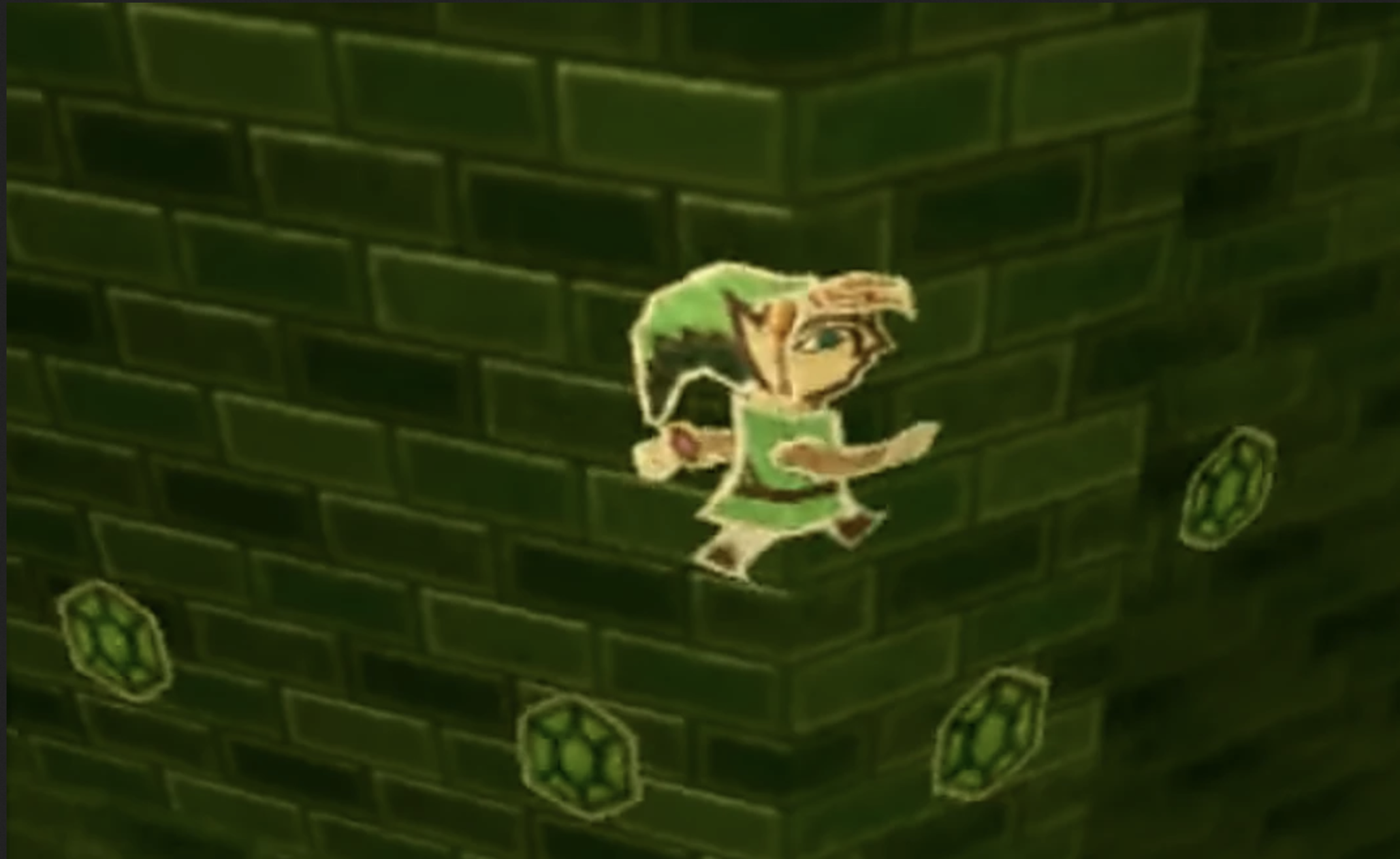
In another “Zelda” game, the staff wanted a game centered around the player turning into pictures, and so “A Link Between Worlds” (2013) launched into development. (( Iwata, Satoru. “Iwata Asks: The Legend of Zelda: A Link between Worlds.” Nintendo of Europe, Nintendo. )) Making use of the 3DS’s new stereoscopic camera, the game allows the player to turn into pictures to move between gaps, see different angles, and also as another puzzle-solving tool in the player’s toolkit. Considering the absolute juggernaut the “The Legend of Zelda” series franchise has become since its inception, and the sheer success and following it’s garnered is thanks to Miyamoto’s insistence on putting play first. Thus, this game and other Nintendo series genuinely demonstrate the power that principle has.
Nintendo’s Nostalgia
Nintendo games stick with us not just because they’re good games, and by all rights, they are, and not because they’re always on top of the newest hardware or revolutionizing gaming platforms, because, by all rights, they’re not. Nintendo games stick with us because of the experience they offer, an experience woven so deeply into the very fabric of what the company is that it is virtually inseparable from the company as a whole. You remember playing “Pokémon” or “Zelda” or “Kirby” because those games took your hand and pulled you into their worlds, teaching you a whole new way of interacting with the unique environment in such unique ways to culminate in an unrivaled, unparalleled experience.
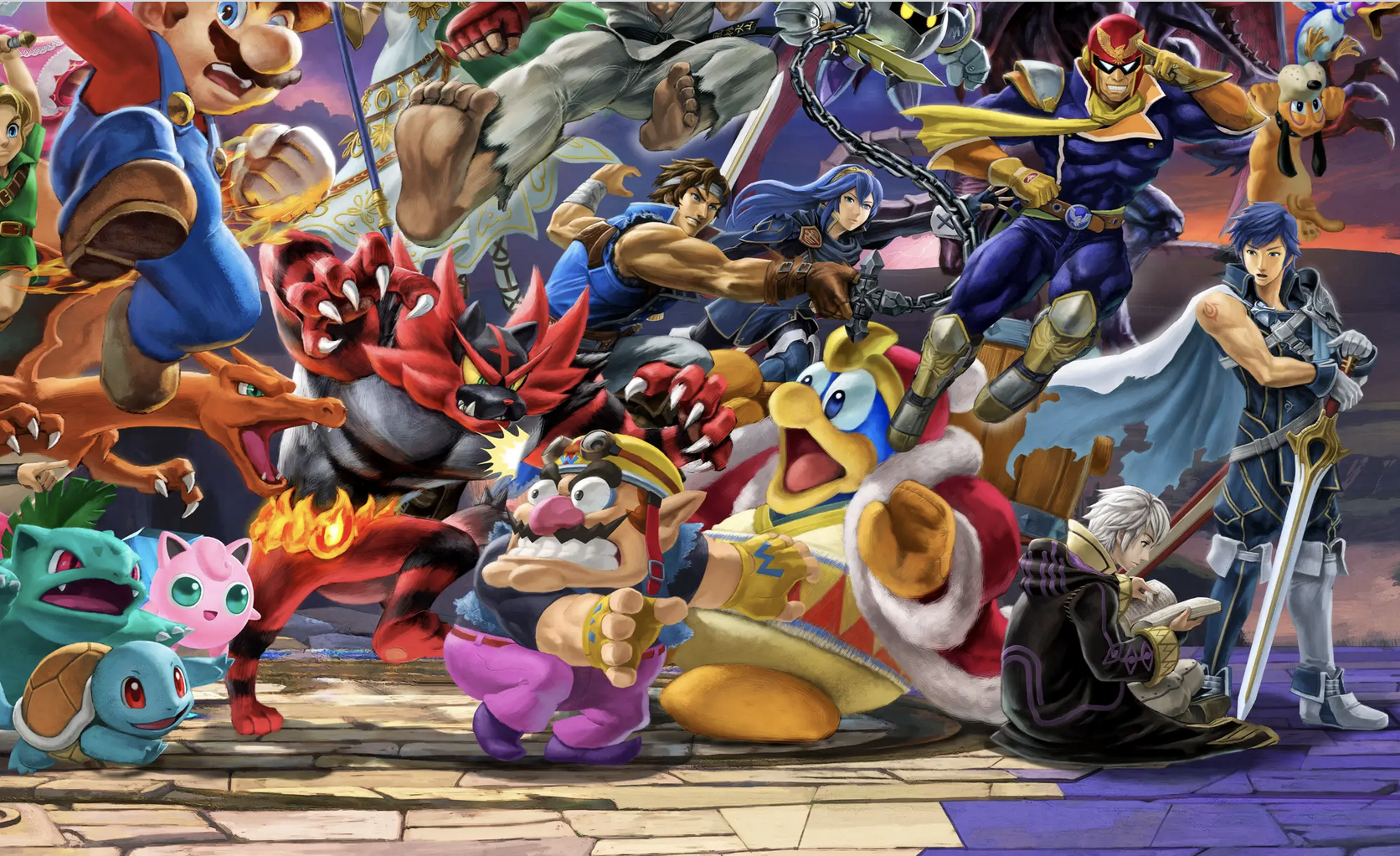
When games get too difficult without offering a sufficient enough reward, people stop playing. Even the FromSoftware games, infamous for their massive difficulty scaling and sometimes painstakingly agonizing gameplay, understand that there has to be a light at the end of the tunnel for the player to reach, a reason to keep going. Nintendo games are always easy, but the sheer opportunity to play in a world so painstakingly crafted around the singular notion of playing and having fun is enough to draw new and old fans into games sometimes older than they are.
Shigeru Miyamoto once said about Nintendo games:
“I think the end result is a game anyone can play, from first-time players to the most experienced ones.”
Vox. “How Shigeru Miyamoto Designs a Video Game.” School Of Game Design, 12 Jan. 2017.
Make fun games, and people will play them. From the hanafuda cards the company started with over a century ago that are still in production today, to the Nintendo Switch and the new games still being made, Nintendo’s banked its success on that one notion, and it’s paid dividends.
